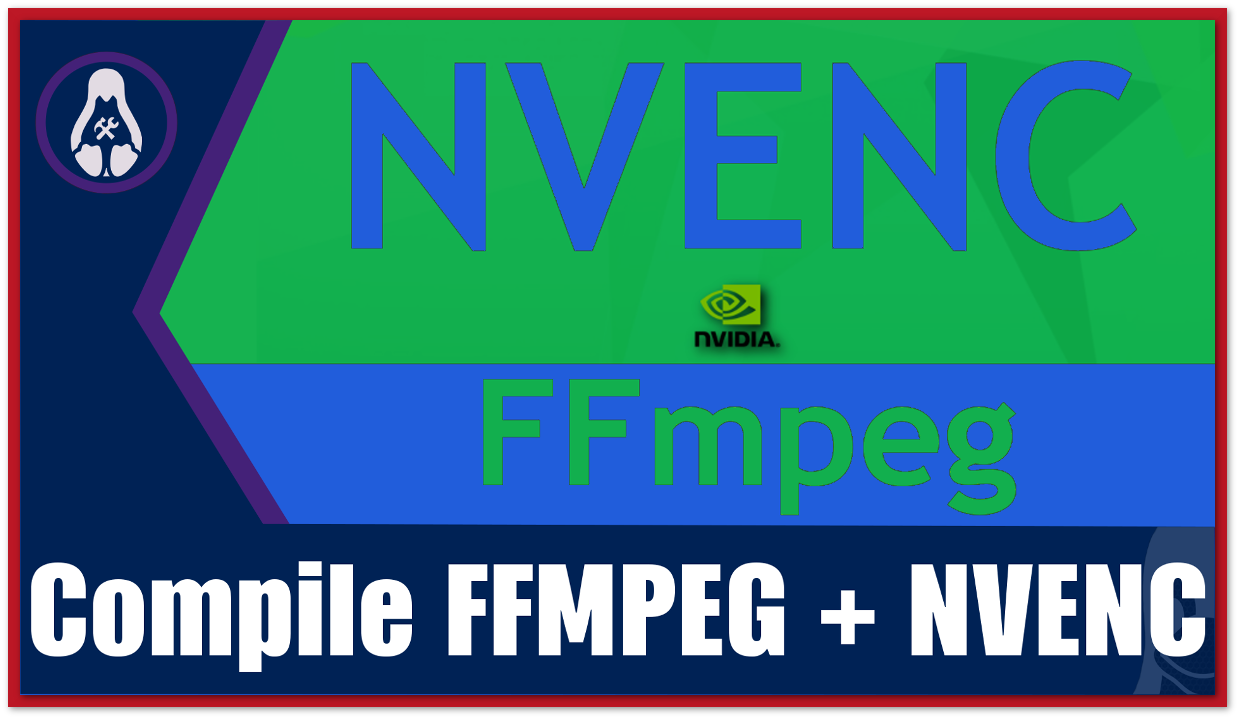
The high-quality preset is considerably slower but produces fewer compression artifacts Second generation, Maxwell GM107 The published 8× rating is achievable with the NVENC high-performance preset, which sacrifices compression efficiency and quality for encoder throughput. Actual throughput varies on the selected preset, user-controlled parameters and settings, and the GPU/memory clock frequencies. NVidia's documentation states a peak encoder throughput of 8× realtime at a resolution of 1920×1080 (where the baseline "1×" equals 30 Hz). The first generation of NVENC, which is shared by all Kepler-based GPUs, supports H.264 high-profile (YUV420, I/P/B frames, CAVLC/CABAC), H.264 SVC Temporal Encode VCE, and Display Encode Mode (DEM). (In H.264, NVENC always has B Frame support, max 4096x4096 resolution, and max 8-bit depth) NVENC has undergone several hardware revisions since its introduction with the first Kepler GPU (GK104). Nvidia chips also feature an onboard decoder, NVDEC (short for Nvidia Decoder), to offload video decoding from the CPU to a dedicated part of the GPU.

, the restrictions were loosened in 2023 allowing up to 5 simultaneously encoding video streams. Professional cards support between 3 and unrestricted simultaneous streams per card, depending on card model and compression quality.

Doing so also unlocks NVIDIA Frame Buffer Capture (NVFBC), a fast desktop capture API that uses the capabilities of the GPU and its driver to accelerate capture. Until March 2023 consumer-targeted GeForce graphics cards officially support no more than 3 simultaneously encoding video streams, regardless of the count of the cards installed, but this restriction can be circumvented on Linux and Windows systems by applying an unofficial patch to the drivers. It also works with Share game capture, which is included in Nvidia's GeForce Experience software.

The encoder is supported in many livestreaming and recording programs, such as vMix, Wirecast, Open Broadcaster Software (OBS) and Bandicam, as well as video editing apps, such as Adobe Premiere Pro or DaVinci Resolve. It was introduced with the Kepler-based GeForce 600 series in March 2012. Nvidia NVENC (short for Nvidia Encoder) is a feature in Nvidia graphics cards that performs video encoding, offloading this compute-intensive task from the CPU to a dedicated part of the GPU.


 0 kommentar(er)
0 kommentar(er)
